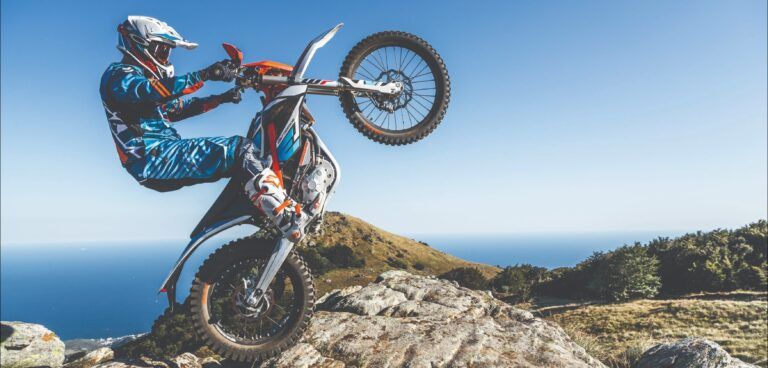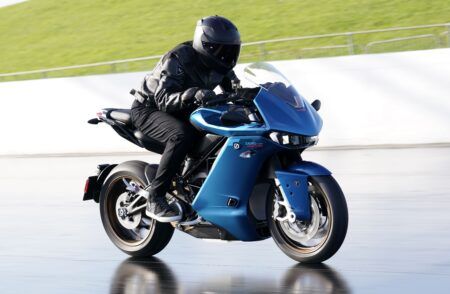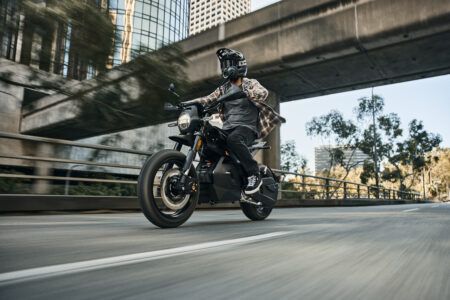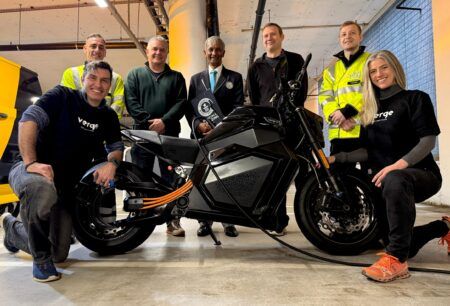Mounting environmental concern has led to a fierce race among OEMs to produce and develop electric vehicles, fueled by both government initiatives and customer demand.
Going green through premium electric motorcycles are likely to attract more customers as governments globally adopt rigorous carbon emission standards. Some of the factors, such as fluctuation of gas prices, environmental concerns, and depletion of oil reserves are set to transpire into demand growth for premium electric motorcycles.
Revelation of instantaneous power delivery, innovative technologies and lightweight cells have triggered profound interest among OEMs with droves of companies, engineers and developers coming to the fore of premium electric motorcycle landscape. Prominent companies sharpening their strategies for premium electric bikes have attributed premium motorcycles’ features such as enhanced speed, more power, maximum torque, aesthetic appeal and highest traveling range to attract the potential customers.
Industry players believe the emergence of lithium-ion (Li-ion) has redefined premium electric motorcycle industry outlook. Palpable traction towards Li-ion batteries has come against the backdrop of innate characteristics of the batteries to bolster the overall performance of the vehicles by reducing maintenance requirements and improving range.
The impetus to embrace premium electric motorcycle comes in the wake of growing traction for sport premium electric motorcycles.
Leading companies are updating their throttle control and introducing new traction control. Energica Motor Company, an Italian manufacturer of electric motorcycles popular as a premium manufacturer of high power electric sport motorcycles, revealed a slew of updates to their model line of 2019 Energica electric motorcycle.
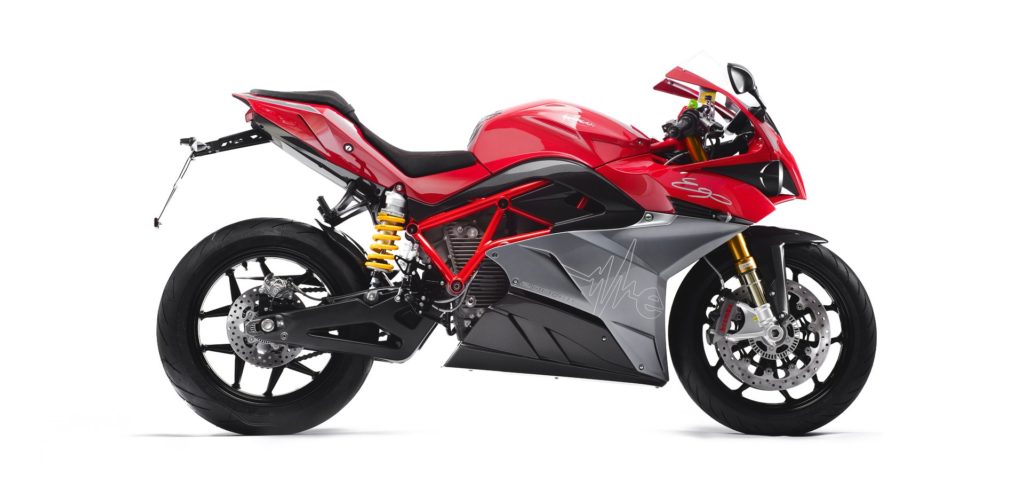
For instance, the company introduced Energica Ego Sport Black that is apparently akin to actual racing bikes. Seemingly, the Energica Ego Sport Black soars to 150 mph and has a 107 kW motor with 200 Nm of torque. Prominently, the company has included charging upgrades and heated hand grips to its 2019 models.
With soaring aspiration for luxury brands and changing lifestyles, OEMs are leaving no stone unturned to expand their product portfolios as pursuit of environmentally-friendly alternatives gains momentum. Harley Davidson revealed prototypes of two of its new electric bikes at the 2019 EICMA Motorcycle show in Milan that is touted to go on sale in 2020.
Notably, Harley Davidson’s e-motorcycle, the LiveWire, has garnered interest among end-use consumers in light of its potent electric motor, and supposedly sleek bodywork. It is believed that the livewire motorcycle has aerodynamic panels, sporty appearance with 15.5 KWh battery and has a top speed of 95mph.
Zero Motorcycles, an American manufacturer of electric motorcycles, has released its most sophisticated model, the SR, expanding their product portfolio from Zero Dual Sports (DS) bikes. It has a 223-mile range, 458lb curb weight with 102mph speed. Prominently, the electric motorcycle has 14.4 kWh battery and the company has dropped cycle’s charge time to meager 2.5-hours.
KTM, an Austrian manufacturer, is working with Bajaj to bring premium electric bike to the fore. The electric vehicle will have output ranging from 3kW to 10kW. Both the companies will co-develop a 48-volt electric platform that will be used for electric scooters. Apparently, the performance electric two-wheelers may be rolled out by 2022.
It has developed the KTM SX- E 5, which has an electric motor fueled by lithium-ion battery pack, with relevance given to maximum protection and safety. The electric motorcycle has premium disc brakes, tapered aluminum handlebars and ideal race ergonomics.

Amidst OEMs rushing to produce the most marketable premium electric vehicles, they are looking for ways to put a brake or decrease the so-called high purchasing price. Several governments have come to the rescue by offering special incentive programs on taxes and purchase price. For instance, India has slashed GST on EVs to 5%, while Europe and the US too are offering incentives for the purchase of EVs. While most of the EU members are offering exemption on acquisition and ownership for ECVs, merely 12 EU members provide bonus payments to the purchaser of the vehicles.
On December 2019, E-motorcycle Federal Tax Credit was implemented in the U.S. that applies to new electric motorcycles purchased in 2018, 2019 and 2020.
Implementation of emission and safety norms have triggered demand for premium electric motorcycles. Increased traction for sports premium electric motorcycles has been attributed as the main driver that has led for roll outs at massive scale.
With electric bikes touted to be the future of transportation, the premium electric motorcycle industry revenue is anticipated to scale to new heights. Indeed, new regulations and consumer demand for sports premium electric motorcycle will influence the marketability of innovations in the industry landscape.


